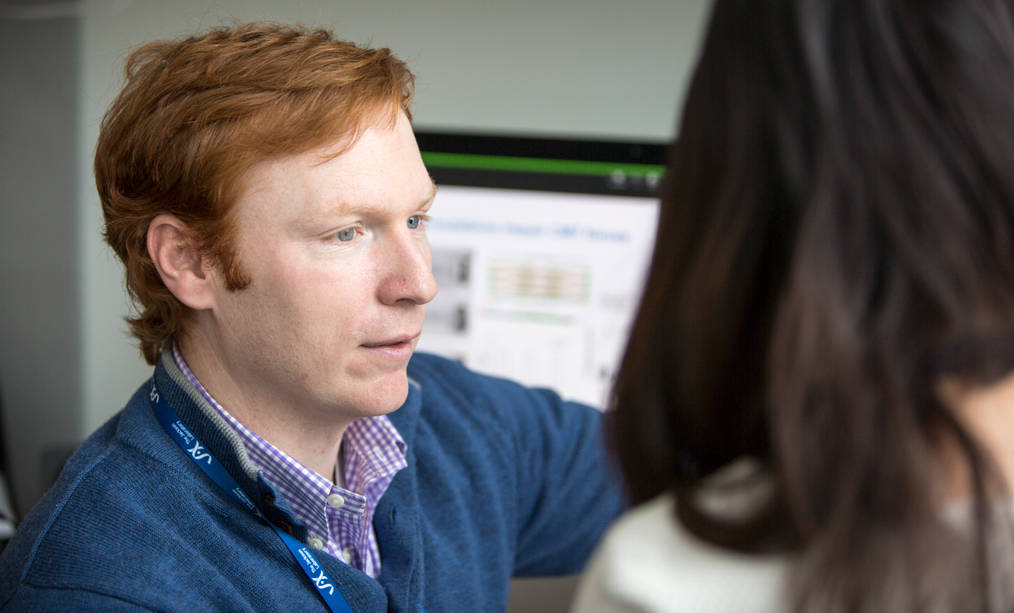Human somatic cell genome editing is a promising treatment option for cardiovascular disorders, but concerns remain about the safety and efficacy of this therapeutic strategy.
Joint faculty member at UConn Health and The Jackson Laboratory for Genomic Medicine, Dr. John Travis Hinson is principle investigator for a nearly $3 million grant from the National Institutes of Health to develop a pre-clinical model that can better assess these risks.
Hinson’s Jackson Lab colleagues Jeffery Chuang, Anna Karolina Palucka, and Paul Robson are co-investigators on this project, as is Kory Lavine from Washington University.
Somatic cell genome editing (SCGE) works by treating patients with specialized proteins and ribonucleic acids (RNA) that function to molecularly repair a disease-causing genetic alteration into a healthy version of the gene.
Scientists understand how to make this process work in the laboratory, and are now looking to begin using it for widespread treatment of diseases associated with genetic defects. Human somatic cell genome editing has the potential to transform the treatment of nearly all genetic disorders, especially cardiovascular disorders, which are a focus of this study. However, there are many important questions about the safety and efficacy of these treatments that need to be addressed first using models in the laboratory that mimic human organ systems and physiology.
Hinson’s project aims to utilize an innovative, three-dimensional model of human cardiac tissue to screen SCGE proteins and ribonucleic acids to predict how the human cardiovascular system will respond to them.
“Somatic cell genome editing has remarkable promise to transform our therapeutic toolbox for the treatment of human genetic disorders,” Hinson says. “This project will allow us to screen candidate somatic cell genome editing reagents towards delivering on the promise of this transformative therapeutic strategy.”
The biggest questions Hinson and his team will address are what are the rates for proper and improper gene editing, how do the reagents affect the tissue they are applied to and how will the immune system respond to the reagents?
By addressing these questions before clinical trials, the scientists working with SCGE for cardiovascular treatments will have a better understanding of the possible side effects and failures going into the trials. By sharing this information, the researchers can help inform other studies that may be able to work out some of potentially harmful effects in the lab.
“While clinical trials are effective tools to determine efficacy and safety, they are most efficiently applied after exhaustive pre-clinical studies have optimized efficacy and safety in other systems,” Hinson says.
Using Jackson Laboratory’s state-of-the-art technologies, the researchers will adapt biometric human cardiac microtissues, 3D models of human tissue built from induced pluripotent stem cells, and treat them with SCGE proteins and ribonucleic acids. These tissues have similar structural and biomechanical properties as the human heart. They are also able to realistically mimic complex multicellular interactions. These microtissues are an ideal study material to get a sense of how real human cardiac tissue will respond to SCGE approaches.
The researchers will use the microtissue to model common cardiovascular disorders such as dilated and hypertrophic cardiomyopathies that result in heart failure.
“Establishing these resources will be a pivotal step toward realizing the promise of genome editing and human precision medicine of cardiovascular and other disorders,” Hinson says.



